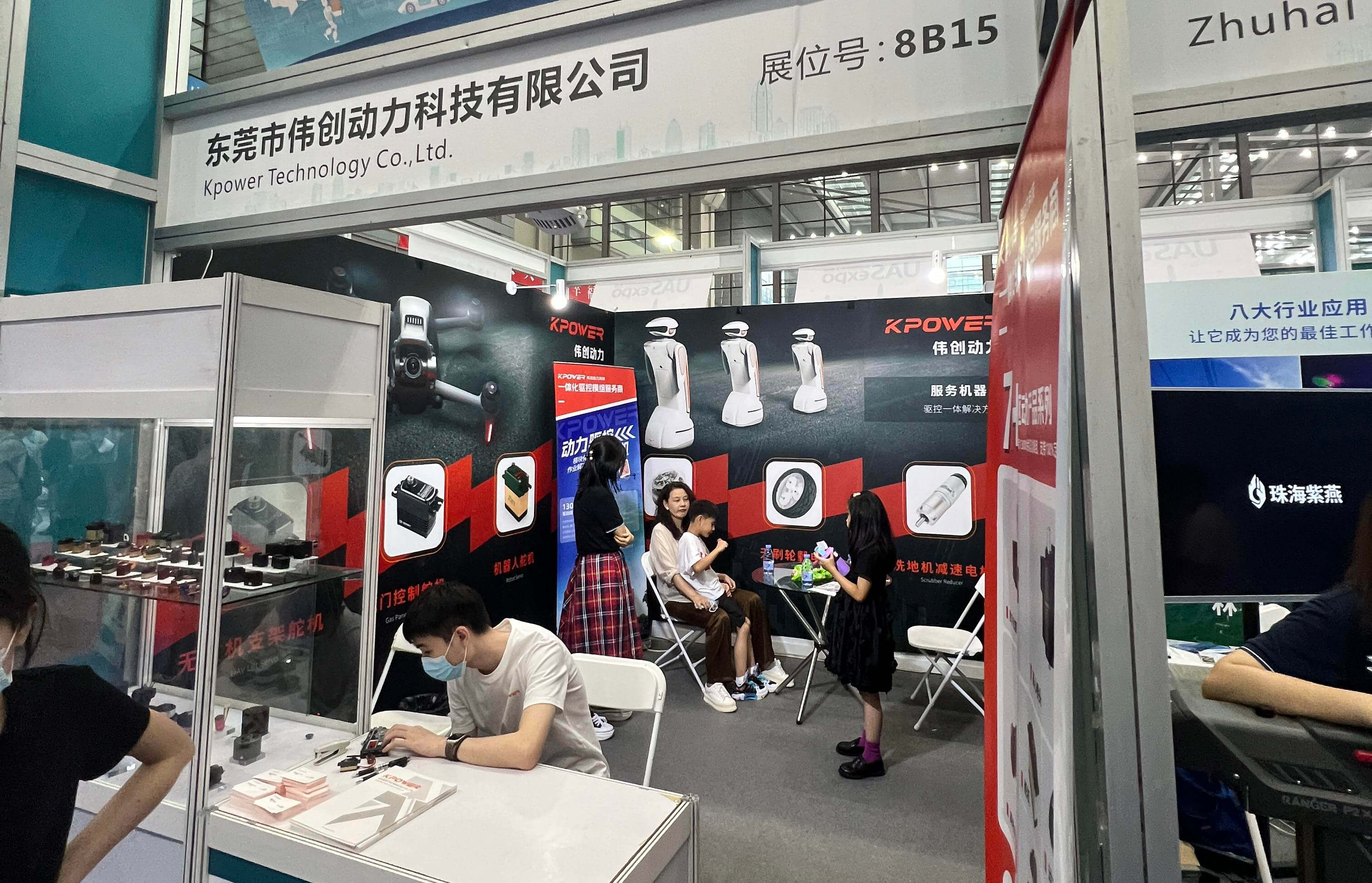Sure! Here's the first part of the soft article based on your theme.
Imagine a tiny, humming device that packs a punch — that's the essence of a servo motor. Often found in robotics, drones, RC cars, and automated manufacturing, servo motors are all about precision movement and control. But one of the most common questions buzzing around in hobbyist circles and professional engineering discussions alike is: "How much weight can a servo motor lift?"

The simple answer? It depends. Like many things in engineering, the lifting capacity of a servo motor isn’t a fixed number; it’s a dance between the motor's specifications, the mechanical setup, and the purpose at hand. To understand this better, let's explore how servo motors work and the key factors that determine their lifting potential.
What IS a Servo Motor?
At its core, a servo motor is a compact, high-performance electric motor equipped with a feedback system that allows precise control over position, speed, and torque. Unlike generic electric motors, which just spin continuously, servos are designed for precision control of angular or linear movement, often in response to a command signal.
Inside a typical servo, you'll find a DC motor, a potentiometer (or other position sensors), a control circuit, and a gearbox—sometimes a combination of gears to amplify motion and torque. When your controller sends a signal, the servo’s internal circuitry interprets it and adjusts the motor's output accordingly.
Understanding Torque and Force
When considering lifting capacity, torque becomes your best friend (or sometimes your worst enemy). Torque refers to the rotational force a motor can produce at a given shaft radius. Think of torque as how hard the motor can push or pull something around its axis.
For example, a servo motor rated at 10 kg-cm of torque means it can exert a force equivalent to lifting approximately 10 kilograms at a radius of 1 centimeter from the shaft. But if you extend that arm to 10 centimeters, the effective weight it can lift drops to about 1 kilogram because torque equals force times radius.
The Role of Gearboxes
Most servo motors come with gearboxes—gear reduction mechanisms that increase torque. A small servo motor might have a rated torque of a few kg-cm, but with a gearbox ratio of 1:100, its output torque can increase dramatically, allowing it to lift much heavier weights. The trade-off? Reduced speed and increased size.
How to Calculate a Servo’s Lifting Capacity
Let's break down the calculation into simple steps:
Identify the torque rating: Check the servo's datasheet for its maximum continuous torque output, often given in kg-cm or oz-in.
Determine the arm length: Decide on the distance from the servo's shaft to the point where the load will be attached (the lever arm).
Calculate the maximum load: Divide the torque by the arm length.
[ \text{Maximum load} = \frac{\text{Torque}}{\text{Arm length}} ]
For instance, suppose you have a servo rated at 15 kg-cm torque, and you attach your load at 5 cm from the servo's shaft:
[ \text{Maximum load} = \frac{15\,\text{kg-cm}}{5\,\text{cm}} = 3\,\text{kg} ]
This means, under ideal conditions, your servo can lift up to 3 kilograms at that radius.
Considering the Mechanical Advantage
Mechanical advantage plays a vital role. Using gear systems or levers can amplify the load capacity significantly, but they also introduce complexity and potential points of failure. The goal is to optimize the balance between torque, speed, and stability to achieve your desired lifting power without overloading the servo.
Real-World Applications and Limitations
In robotics, servo motors may be used to lift components, operate arms, or control gripping mechanisms. Engineers must carefully consider the servo's rated torque, duty cycle, and operational environment to ensure safety and performance.
It's important to understand that a servo’s rated torque is often based on ideal conditions—stable power supply, proper cooling, and no mechanical strain. Exceeding these limits, even temporarily, risks overheating, gear stripping, or catastrophic failure.
Safety Margins and Overloading
Practically, many engineers recommend working below the rated maximum to allow a safety margin. For example, if your servo is rated at 10 kg-cm, aiming for a maximum load of 7 kg gives you a buffer to account for sudden shocks or frictional resistance.
The Role of Power and Voltage
Higher input voltages can sometimes increase a servo’s torque output but also place more stress on internal components. Always consult the manufacturer’s specifications to determine the safe operating limits.
This covers the initial part of the exploration into how much weight a servo motor can lift. Next, we'll delve deeper into factors affecting real-world performance, choosing the right servo for your project, and detailed case studies to illustrate these principles in action.
Leveraging innovations in modular drive technology, Kpower integrates high-performance motors, precision reducers, and multi-protocol control systems to provide efficient and customized smart drive system solutions.




































